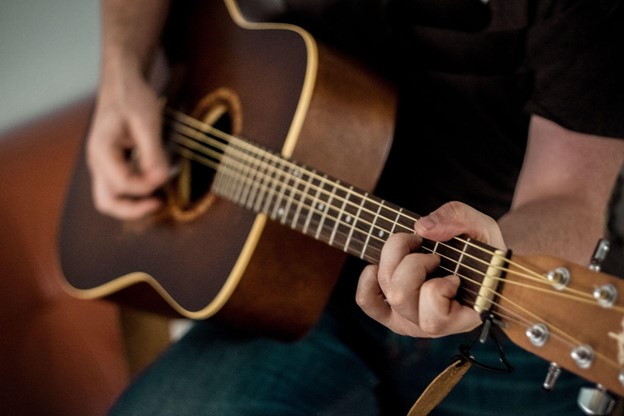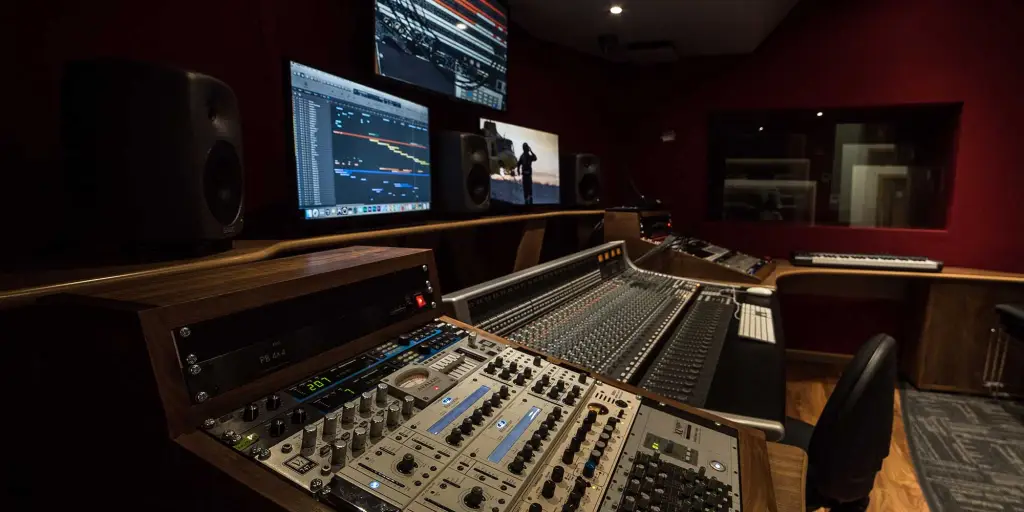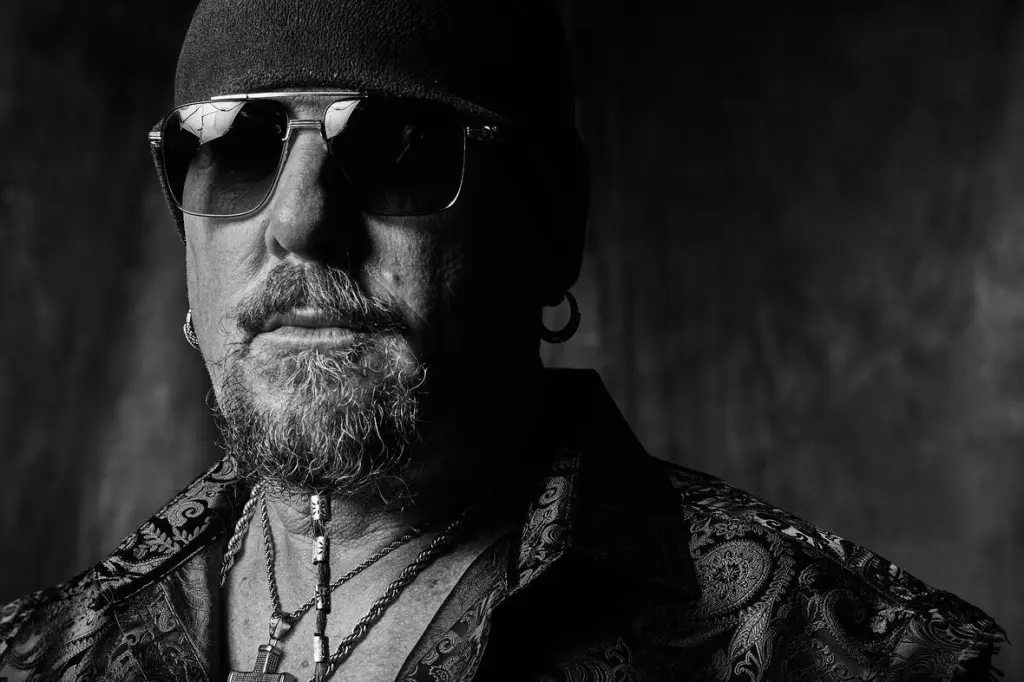Image courtesy of Pexels

By Jamie Brooks
contact@vinylwriter.com
Learning to play an instrument may seem like a simple hobby or a pastime, but it offers a range of benefits. Aside from cultivating one’s creativity, dedication, and passion for music, an article in The Economist notes that musical instruments enhance cognition, too. Research shows that compared to non-musicians, individuals with musical ability and experience improved their memory, coordination, attention, and overall brain activity.
As such, it’s never too early nor too late to start learning how to play an instrument—and a guitar is a viable option as it’s easy to pick up and learn. Since a brand new guitar can be a considerable investment if you’re still a beginner, here’s a guide to buying a secondhand guitar so you can save money while maximizing the quality of your new musical journey.
Explore both online and offline marketplaces
It’s ideal to have 2-3 models you are interested in, but you can further expand your choice by exploring online and offline marketplaces. Doing so also allows you to compare prices and choose the best option that fits your budget. Beyond the usual listings on social media and e-commerce sites, you can visit Reverb. Reverb is a platform geared towards musicians and music lovers alike where you can find celebrated guitarists like Nancy Wilson selling authentic instruments and musical gear from their collections at affordable prices. Make sure to reach out to the community of buyers and sellers to learn more about the guitar’s model, condition, and specific features.
Consider potential modifications
Others may raise their brows at the prospect of modifying a guitar, but guitar modifications can give you more room for creativity and exploration. Many of the best mods can also be installed with simple tools like a screwdriver or soldering iron, so don’t fret! If you’re looking for an expressive vibrato system, you can try installing a Bigsby on a Gibson and swapping the stop bar out. This sonic enhancement is said to make the tone much more dynamic and freed up while also requiring little to no significant effort to operate. Meanwhile, consider getting a kill switch if you want to play a la Tom Morello. This mod momentarily manipulates the output of your guitar to produce a unique stuttering effect, similar to how a mute button works.
Test out the guitar if possible
You’ll want to get years’ worth of use in your instrument, so it’s crucial to test it out and ensure it’s the right fit for you. This is a lot easier if you’re buying the used guitar from retailers or flea markets, but it also doesn’t hurt to ask an online seller if they’re willing to meet up with you so you can take it out for a test play. Ensure that the guitar matches how the brand-new model looks and that you feel comfortable playing it from any position. Lastly, you’ll want to ensure that the sound quality is decent by checking the strings (and volume knobs if it’s an electric guitar).
Draw inspiration from musical icons
If you’ve researched a possible model and still can’t narrow down your options, why not try drawing inspiration from musical icons? You can get closer to achieving their signature style and sound by learning more about the actual guitars they used. Rolling Stone lists artists’ signature guitars, such as Eric Clapton’s customized 1956 Fender Stratocaster – which Clapton calls ‘Brownie’ – that captured his emotional blues. And there’s Neil Young’s 1952 Gibson Les Paul Black Beauty – affectionately referred to as ‘Old Black’ – used in many of his recordings.
There’s no need to pressure yourself into playing just like these legends right off the bat. But knowing that you’re playing the same model as the idols, you look up to can be a great source of inspiration throughout your musical journey.
– Jamie Brooks is a contributor for www.vwmusicrocks.com and may be reached at contact@vinylwriter.com





Leave a Reply